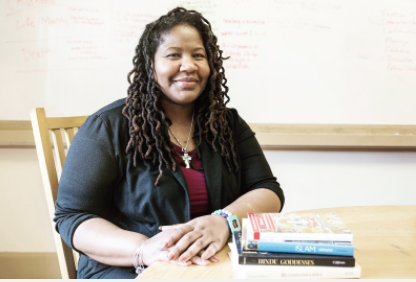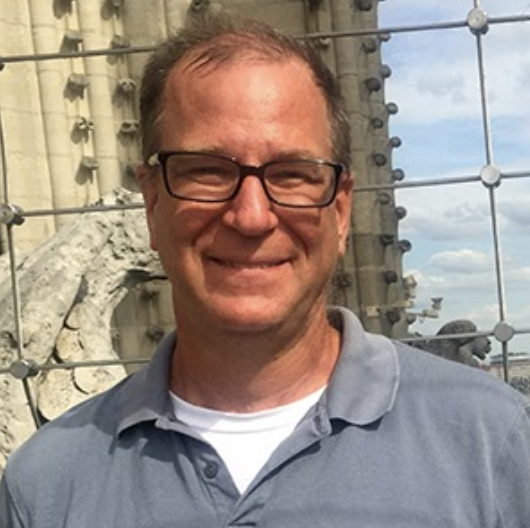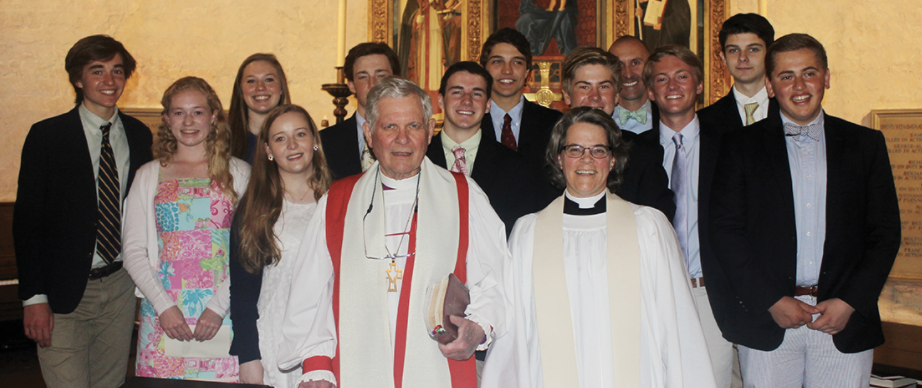By Suha Choi’22
One of the advantages of a St. Mark’s education is that students have a number of exchange programs and other global citizenship opportunities that allow students to immerse in learning at different places around the world. Some St. Markers whose plans were to attend such programs in this 2020-2021 academic year shared how the pandemic has affected their plans and/or experiences with the programs.
Sadly, the School Year Abroad programs which allow students to have an exchange program in France, Italy, China, or Spain have been canceled. Maya Scully ‘22, who had initially applied for a trip to China, faced many changes in her plan due to the uncertainty that was laid ahead of her. She explains that she was going to hear back from the school in China about her acceptance by mid-March, but the program was canceled because of the spread of Coronavirus.
The SYA program allowed some applicants in similar situations to re-apply for different schools. Maya took advantage of that and reapplied to a program in Spain. She shares, “I was very excited when I found out that I got accepted into the SYA Spain, but then quarantine happened, and my family and I decided that it would be better for me to stay home for the following year.” Maya and many students in the same situation as her have been keeping up with academics at St. Mark’s, as their programs have been canceled.
Dr. Warren also explained that “[the SYA program] initially canceled only the fall, but the rise in the pandemic numbers in Europe and the new restrictions put into place have made it impossible for the programs to continue.” However, she hopes that by next fall the programs will be able to run again and that students can immerse in captivating experiences such as the School Year Abroad program.
On the other hand, some semester programs have– very thankfully– been doing much better because students found in-person learning to be safe. Dr. Warren explains, “Because the groups are small and much of the work is done outdoors they are able to spend much of the day unmasked, so it looks pre-COVID in the photos of those campuses.” Kendall Sommers ’ 22 spent her fall at Vermont as she was participating in the Mountain School of Milton Academy. She shares that not only did she have some great experiences but also that the program adhered to safety protocols to avoid the spread of COVID-19. Kendall told, “We started online for a week and were all required to quarantine for 2 weeks. Then, when we got on campus, we all wore masks even in the forms with roommates for a week.” They got tested again and were then allowed to take off their masks inside their dorms composed of 5 to 11 people.
The program made sure to have everyone tested several times and that students stay distant from other dorms. While the students were in their “little bubbles,” the program switched up these bubbles every 2 weeks followed by testing, which allowed interactions with everyone in the program. These guidelines followed throughout the whole program, including having to wear masks when they were in vehicles, getting food, or when there were many people in one space. They also had morning check-ins for symptoms. Most importantly, Kendall has loved the experience and thinks that the best part was getting to know everyone and interact with them in dorms. She also loved the “solo camping trip” that was a part of the Mountain School program.
In addition to the School Year Abroad programs and the Mountain School, short weekend conferences such as the Social Justice Leadership Institute have been occurring online to continue their programs despite the unprecedented circumstances. The global diploma cohort students, too, have been gathering monthly via zoom to pursue their understanding of global citizenship. Dr. Warren– the director of the global citizenship program at St. Mark– has further shared her plans to create more virtual programs to make up for the loss of in-person programs.






















